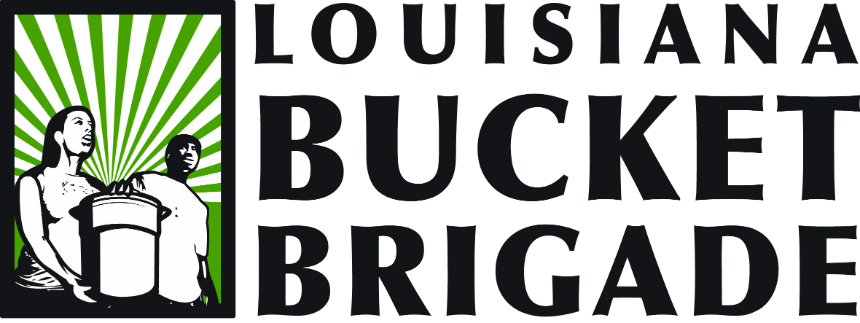
image source: PubChem | |
About the ratings
EWG provides information on personal care product ingredients from the published scientific literature, to supplement incomplete data available from companies and the government. The ratings below indicate the relative level of concern posed by exposure to the ingredients in this product - not the product itself - compared to other product formulations. The ratings reflect potential health hazards but do not account for the level of exposure or individual susceptibility, factors which determine actual health risks, if any.
Learn more |
Legal Disclaimer
Organ system toxicity (non-reproductive) |
| Type of Concern |
Reference |
|---|
| Known human renal toxicant | CHE Toxicant and Disease Database |
| Possible human gastrointestinal toxicant | CHE Toxicant and Disease Database |
| Classified as expected to be toxic or harmful | Environment Canada Domestic Substance List |
| Classified as medium human health priority | Environment Canada Domestic Substance List |
| show more |
| Classified as toxic or harmful | European Union - Classification & Labelling |
| Limited evidence of sense organ toxicity | |
| One or more animal studies show classified as toxic effects at moderate doses (low dose studies may be unavailable for this ingredient) | EPA Toxic Release Inventory PBTs | |
references |
| government/industry list/academic study
| reference
|
| European Union - Classification & Labelling | CPS&Q (Consumer Products Safety & Quality) formely known as ECB (European Chemicals Bureau). 2008. Classification and Labelling: Chemicals: Annex VI of Directive 67/548/EEC through the 31st ATP. |
| Association of Occupational and Environmental Clinics | AOEC (Association of Occupational and Environmental Clinics). 2009. AEOC exposures codes and asthmagen designation. |
| Canada - Prohibited and Restricted Cosmetics Ingredients | Health Canada. 2007. List of Prohibited and Restricted Cosmetic Ingredients. Canada's Cosmetic Ingredient Hotlist. March 2007. |
| CHE Toxicant and Disease Database | CHE (The Collaborative on Health and the Environment). 2006. Toxicant and Disease Database. |
| Cosmetic Ingredient Review Assessments | CIR (Cosmetic Ingredient Review). 2006. CIR Compendium, containing abstracts, discussions, and conclusions of CIR cosmetic ingredient safety assessments. Washington DC. |
| FDA Everything Added to Food | FDA (U.S. Food and Drug Administration). 2008. EAFUS [Everything Added to Food]: A Food Additive Database. FDA Office of Food Safety and Applied Nutrition. |
| Environment Canada Domestic Substance List | EC (Environment Canada). 2008. Domestic Substances List Categorization. Canadian Environmental Protection Act (CEPA) Environmental Registry. |
| National Library of Medicine HazMap | NLM (National Library of Medicine). 2006. HazMap — Occupational Exposure to Hazardous Agents. |
| Japan's Standards for Cosmetics | Japan Ministry of Health, Labour and Welfare. 2006. Standards for Cosmetics. Evaluation and Licensing Division. Pharmaceutical and Food Safety Bureau. |
| Chemicals known to be neurotoxic to humans | Grandjean P and PJ Landrigan. 2006. Developmental neurotoxicity of industrial chemicals. Lancet. 2006 Dec 16;368(9553):2167-78. |
| NTP - Risks to Human Reproduction | NTP (National Toxicology Program). 2006. NTP Center for the Evaluation fo Risks to Human Reproduction (CERHR). NTP-CERHR Reports and Monographs. |
| EPA Toxic Release Inventory PBTs | EPA (U.S. Environmental Protection Agency). 1999. Toxics Release Inventory Program. PBT Chemical Rule. |
"RTECS®" is a United States trademark owned and licensed under authority of the U.S. Government, by and through MDL Information Systems, Inc.




Connect With Us: